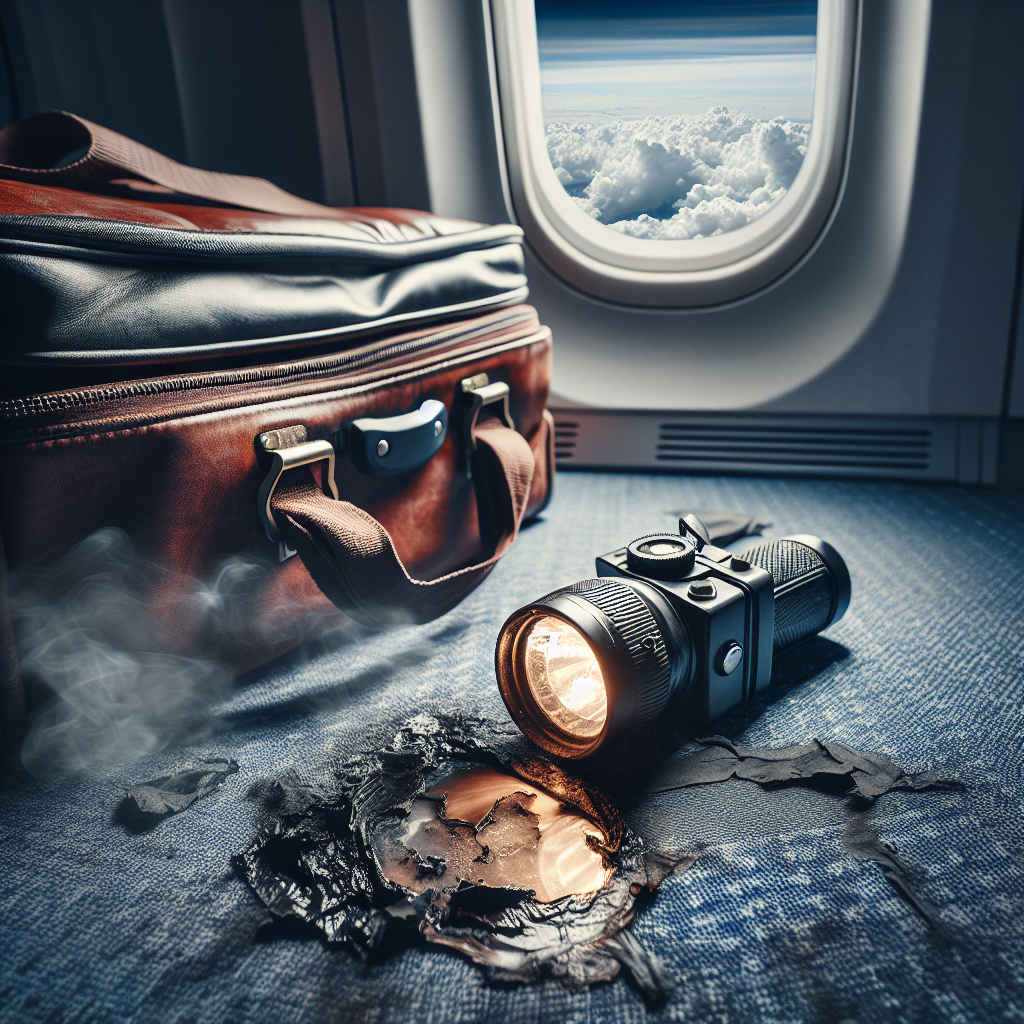
High-Altitude Scare: A Close Call with Counterfeit Batteries
Share
December 14, 2006, could have been a day of tragedy. During a routine UPS cargo flight from Sydney to Guangzhou, nestled comfortably at 38,000 feet above the ocean’s vast expanse, a sharp and startling "bang" tore through the hum of engines. What followed could only be described as a crew’s race against time. A UPS crew member, whose routine check became anything but, noticed his flashlight exuding more than just light—a warmth and a pervasive odor suggested that something was amiss.
With haste, the flashlight was inspected, and revealed a sight that no airline crew ever wants to see—soot and residue from inside the device, a clear sign of burning. One of the flashlight’s batteries, later found to be counterfeit, was damaged. Prior to the discovery, the crew member had dropped the flashlight into his bag, the seemingly inconsequential thump marking the beginning of what could have escalated into a disaster.
Thankfully, disaster was averted. The crew’s quick response and training in managing the situation prevented what could have been a catastrophe at altitudes where options are limited. The incident, while seemingly minor, underscores the immense danger posed by counterfeit electronic components—an incident to serve as a reminder and a lesson. It is a call to stringent checks for authenticity and safety, and highlights the need for preparedness in all kinds of situations that could turn perilous.

In the wake of such incidents, the importance of having accessible and effective safety tools cannot be overstressed. Enter the revolutionary FireTowel. This innovative product, which could have been a game-changer in this scenario, is thicker than a fire blanket and features a design redolent of ingenuity: perimeter weights to trap smoke, and handles for ease of use. Imagine the potential disaster that could have been mitigated that December day if the crew had the FireTowel under their seats
